Having completed my goal of visiting every state in the USA, I am finally getting the hang of driving in the USA. In most of the states, I drove a motorhome (RV), but in some areas, such as New England, I wisely opted for a car.
So what is driving in the USA like?
It all depends on where you are driving and what you are driving.
Some areas are enjoyable to drive in. You have long, quiet roads where you can put your music on and enjoy the scenery. I enjoyed driving in Utah, North and South Dakota, and Alaska. I like the roads where you drive 65 miles before you reach the next road. Only last time, I was so busy looking at the interesting scenery that I forgot to look out for the turning and had to turn the motorhome around on a dirt track.
Other areas are very stressful, such as Boston and New York. I have driven through many cities where I had to dart across lanes to get to the exit quickly; however, the other drivers always honked in Boston. I watched several people honking their horns furiously at a driver who couldn’t pull out at traffic lights because a procession of cars going to a funeral drove across the red lights. I was honked at nearly every day in Boston, for example, when I didn’t turn onto a road quickly even though I couldn’t as a traffic jam blocked it.
Boston is a lovely place to visit, but for a tourist who doesn’t know the route or wasn’t trained as a rally driver, I would leave the car behind if possible.
The vehicle you drive can make a difference to your driving experience.
I prefer driving motorhomes, and it was very useful to have a toilet onboard when we got stuck in a two-hour traffic jam or wanted to spend the day in a remote area. However, in cities, a car that can nip into lanes and small gaps in traffic can make a huge difference in your stress levels.
Motorhomes can also be affected by winds. They are large and light for their size, so when it is windy, the vehicle is affected. As I drove across large plains, I had to continuously hold the wheel tightly to keep it in the lane. After a few days of driving, I was fed up with fighting the wind.
Ruts caused by lorries were another issue when driving a motorhome. I found large ruts along the road as we drove over the Rocky Mountains all day; I had to drive in the ruts. I would have been small enough to avoid them if I had a car, but instead, I had to grip hard on the steering wheel to keep in control of the vehicle.
Generally, states with a smaller population ratio are more pleasurable to drive in. The people are more relaxed and friendly, and you can chill out while driving.
How safe?
It is reasonably safe to drive in the USA. Death rates caused by car accidents are not as safe as in most of Europe. Its death rate is almost 4 times higher than the UK, but 120 countries have worse rates than the USA.
Driving on the right
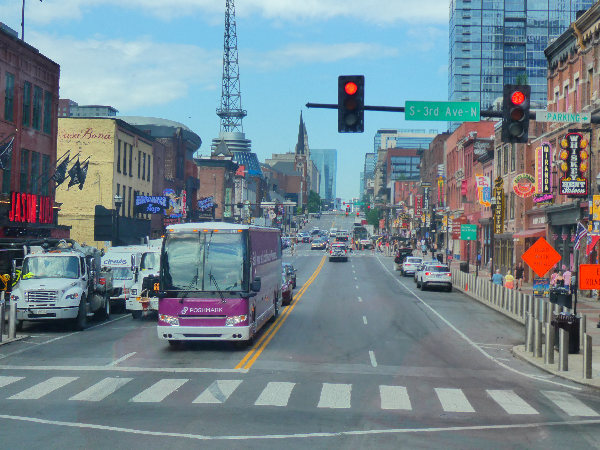
If you are from the UK, then driving on the right is the most obvious difference. This isn’t too difficult to remember when you are driving, especially as the driver’s seat is on the other side, but it is more of a problem when you are looking at other traffic. When you are pulling out at a T-junction and about to turn left, remember that all the traffic on the right will cross in front of you. Don’t do what I nearly did and pull out, thinking the indicating car will go to the right of me.
I used to find it hard to adjust to the correct lane position. If you are sitting on the other side of the vehicle, you need to remember to position yourself on the left of the lane. If you are driving a large vehicle such as a motorhome, you don’t have much room for errors.
Toll roads
In some areas, toll roads are likely to be encountered. While you can often avoid them, they are the quickest route.
There are different ways to pay for the tolls, and normally, there is a sign showing what options are available. You need to be in the correct lane for that payment method.
- Toll passes are very common. If you are driving a motorhome, you are unlikely to have one, but if you are hiring a car, you might have one.
- Cash—You can pay by cash at some tolls, but they are slowly eliminating this option. They don’t give change. I never encountered anywhere accepting credit cards.
- Bill you -They take photographs of your vehicle registration and send you the bill, or if you are a visitor, they will send it to the car rental company, who will charge you.
- You pay online—They photograph your vehicle registration, and you have about two weeks to pay online or face a bigger charge. If you encounter this type of toll, have your phone ready to photograph the sign detailing the online place to register and pay.
The drive-through at a toll booth can be narrow. If you are driving a motorhome, try using the toll booth on the far right, as it is usually wider and suitable for lorries.
Interstates
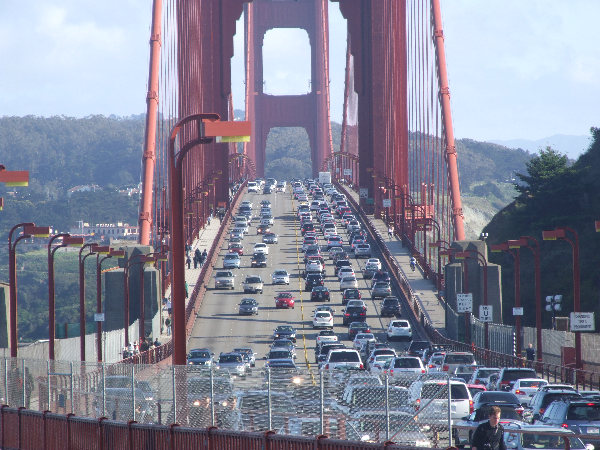
Getting on and off the interstate roads can be challenging, especially in a motorhome. I suggest you pull onto the interstate as soon as you see a gap don’t wait until the white lines indicate you to move over. This is especially needed when driving a motorhome as I found the cars going on to the interstate road behind you pull onto the road, crossing the white lines, and therefore block you from coming on. Just do what the locals do.
The slip roads to get on and off the interstate are very close to each other, and if you don’t get off the slip road quickly, you can find yourself driving along the slip road, leading you off again.
The exit numbers aren’t consecutive, as often they show the miles from the start of the interstate. Exit 52 will be 2 miles after Exit 50, and there might not be an Exit 51.
Exit B is often before Exit A. So you may come to Exit 52B before Exit 52A.
Occasionally, the exit might be on the left side of the road to keep you on your toes. They normally signposted that this will happen, so you have plenty of time to move over.
If you stick in the slower (right lane), you will occasionally have to move out of this lane as it will turn off. There will be signs saying exit only above the lane, so you will have time to move out.
You can overtake using the inside or outside in the USA, so be very careful when changing lanes.
Roundabouts
There aren’t many roundabouts in the US; when there are, they have a sign showing what to do, as some Americans might not have seen a roundabout before. I came across about nine roundabouts, three of which were in the same town. This is one time you can feel confident, as long as you go round the roundabout anticlockwise.
Crossroads
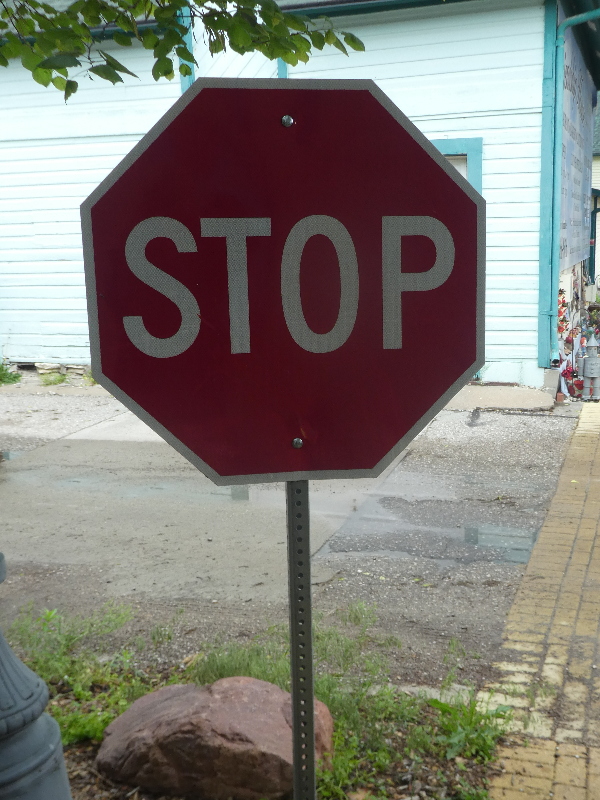
You will find crossroads everywhere, and they have a simple system to work out who has priority.
If there is no stop sign, you have priority, so just continue.
If there is a stop sign, look under it for another sign indicating whether it is a two-way or four-way stop. If it says it is a two-way stop, that means you and probably the lane opposite you must give way to the others and just go forward when you see a gap.
If it says it is a 4-way stop, then everyone must stop, and the first vehicle to reach the crossroads has priority.
It is important to remember to stop at the stop sign, a proper stop, not just slow down as you can do in the UK. You can get a fine if you fail to stop properly at the sign.
Occasionally, you might see a sign saying stop, but underneath, it says you don’t need to stop if you’re turning right. I only saw one sign like this, so they are not very common. By the time I had read the sign and worked out that I didn’t need to stop, I had already stopped.
Traffic lights
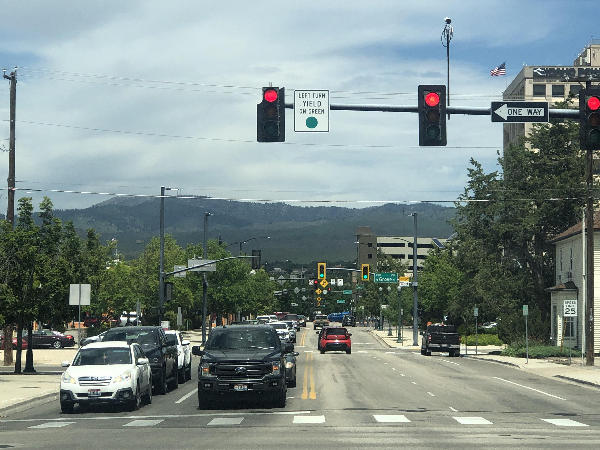
Traffic lights in the USA can be high above the road, so don’t miss them.
A rule in the USA allows you to turn right at a red light if no cars or pedestrians want to cross. However, this isn’t allowed everywhere; when it isn’t allowed, a sign will tell you. While waiting to cross at a traffic light in Seattle, we counted five cars turning on a red light despite a sign saying it wasn’t allowed.
It does feel like you are doing something wrong when you turn right at a red light. I often found that it took so long for me to decide if it was all clear for me to turn that the lights would change or vehicles would start coming from the other lanes. Remember that the traffic coming towards you might also be turning down the road to your right.
There are normal red, orange, and green lights at the traffic lights, but sometimes there are also flashing lights.
A flashing red light means you must stop, but if the road is clear, then you can go.
A flashing orange light means slow down. If it is all clear, you can go and don’t need to stop.
When I was turning left, one set of lights confused me. It had a red stop light but also a green flashing arrow below it. This means stop but go if it is all clear.
A flashing arrow means to proceed in the direction of the arrow if it is all clear to do so.
Other flashing lights
In the States, you can see flashing lights over the road or beside the road. This is to warn you that something ahead is happening, such as traffic lights. This normally happens on fast roads. There will be a flashing light and a sign saying traffic light ahead.The first time I encountered one of these overhead flashing lights, as it was a red flashing light, I thought it was saying you had to stop, but I quickly realised it was only a warning that I needed to slow down.
Speed limits
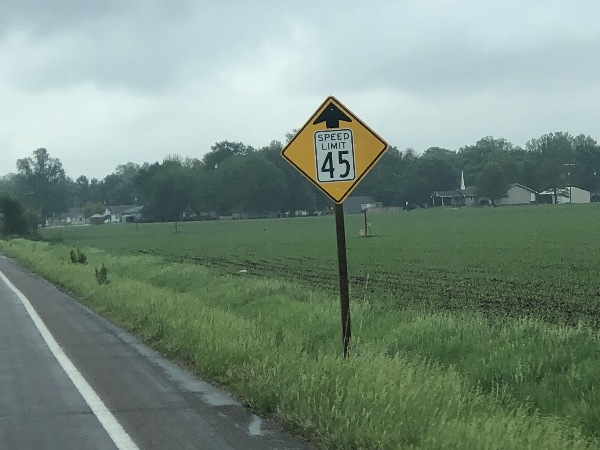
When I first started driving in the USA, I was surprised to find no one keeping to the speed limit. Everyone was overtaking me even when I was driving 10 miles an hour over the speed limit. No one was travelling as low as the speed limit or anywhere near it, not even the elderly. I began to wonder if it was a minimum speed limit or if I was looking at the road number, not the speed limit sign.
Then, when we drove through villages, everyone strictly followed the speed limits, and I was the one who had to slow down because I was going too fast. It was very weird how they disregarded the speed limit one minute but immediately kept to it when they got to a small town.
When I spoke to the locals, I found out they had different ideas on how much was acceptable to go over the interstate speed limits, which can be quite low (55mph in some areas). Generally, going 7 or 9 mph above the speed limit on interstate roads is acceptable, although many go much faster.
Everyone follows the speed limit of 30 or 25 mph when driving through small towns. I was told this is because the local police need money and often catch people speeding through their town.
Often, you will see a sign before small towns with a speed limit and an arrow; this means that the speed limit is lower ahead and gives you a chance to slow down before you get to the next speed sign.
Shared central lane
Sometimes, in towns, there is a lane in the middle that traffic can use in either direction to turn across the road. It is so you can pull into the lane and wait for a traffic gap. It is a good idea, but as a tourist, you probably won’t know exactly where the shop or restaurant is along the road and need to be careful you don’t pull into the middle lane too soon as you can’t drive along it when cars from the other direction could also be using the lane.
HOV Lanes
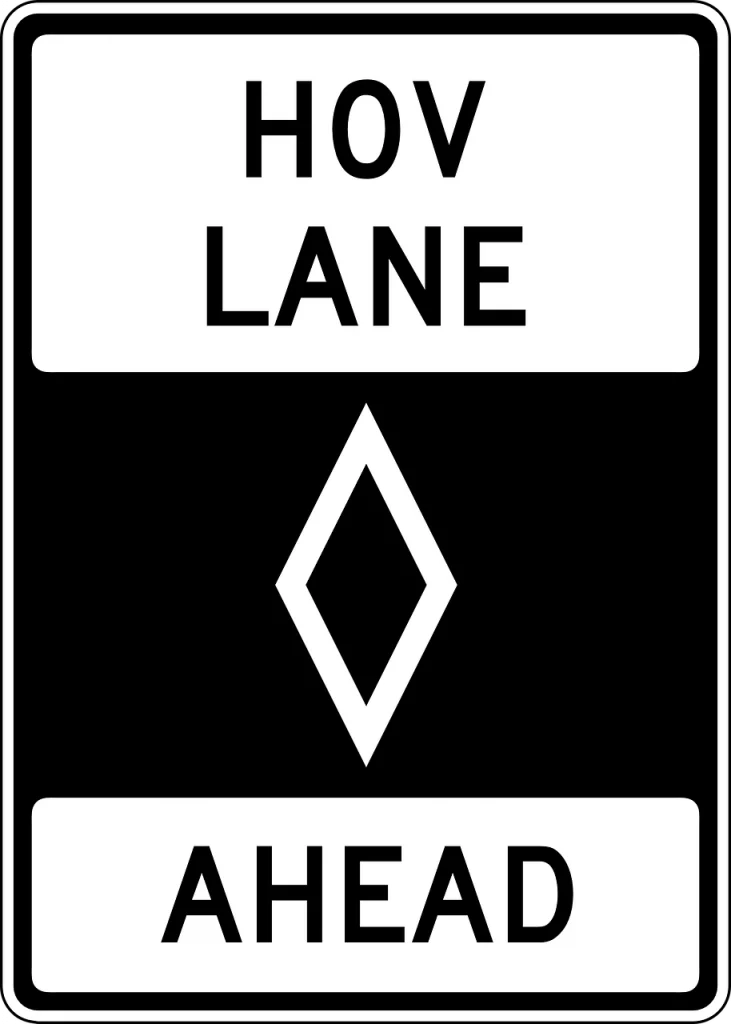
HOV stands for high occupancy vehicles. You can only use these lanes if there are two or sometimes three people in the car. A sign will say how many people are required to use the lane and if the lane is open. Some HOV lanes are only open during peak hours.
The HOV lane encourages pool sharing, as these lanes have less traffic and are, therefore, quicker.
Babies and children do count as a person. Often, there are cameras to check the car’s occupancy numbers.
Often, HOV roads have a diamond shape in the lane, and HOV might have been painted on the road or a sign above the lane. Often, it is a picture of a car with +2 or +3, showing how many people need to be in the vehicle to use that lane.
Express Lanes
These are lanes that you can travel in for a small charge. They should be faster as fewer cars use them. You need to have a tag in your car so the fees can be sent to your account. The fee varies; sometimes, it is higher when there is a lot of traffic.
In quieter periods, these roads might be closed or free for anyone to use with no charge.
On my last holiday to the States, I found the stat nav had directed me onto an express lane. I wasn’t pleased; the traffic in the express lane all drove fast, way beyond the legal speed limit, while I preferred to dawdle along at my own pace, only slightly above the legal limit. I thought I was going to have to pay extra to join ‘the race’; however, as there were 3 in the vehicle, we were allowed to travel in the lane for free, and if there had only been two of us, it would have been half price. Not all Express lanes are the same; another one I looked up had no discount for two people.
Bends and drops
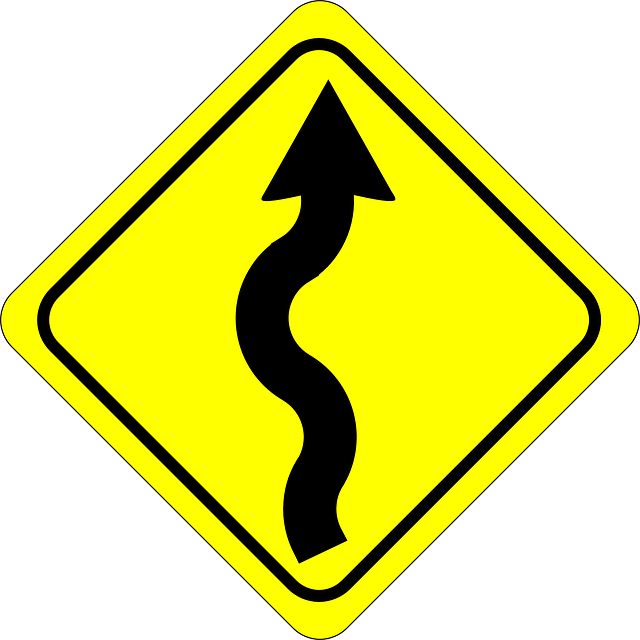
I was surprised at the speeds at which people drove around bends in the road. I spent my youth driving with a bunch of other teenagers around country lanes, and I am pretty used to taking bends quickly as we didn’t want to lose the leader; however, the bends in the USA often had no barriers and long drops down into a valley below.
When I spoke to a local lady about the high-speed people took bends, she agreed and said she had told her sister she drives too fast and she was concerned she would drive off the edge one day.
The locals know the roads well and can, therefore, drive faster. If you see a sign warning of a bend and a speed reduction, I suggest you drive slower, even if the others don’t.
If you are uncomfortable driving without a crash barrier and with perilous drops at the edge of the road, I suggest you look on Google Maps Street View before driving in mountainous areas. There were several times, often in National parks, when the road without a barrier was too close to a drop for me to feel relaxed.
New state, different rules
Most driving rules are the same across the USA, with a few minor differences in each state. You can look up each state’s laws, but if you drive across numerous states, it can take too long to find the necessary details, as they are often buried in each website.
As you enter each state, you can often find a reminder sign of a law relevant to that state. For example, in California, you need to have your lights on when you put your wipers on, and in Maryland, you must stop at the walkways to let pedestrians cross.
School buses
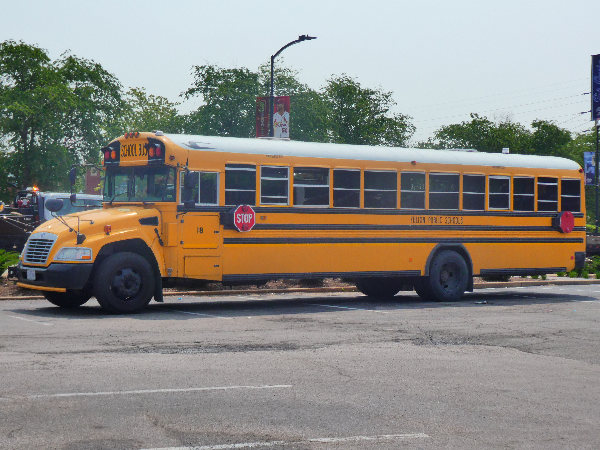
If a school bus has stopped to drop children off and has its stop sign flashing or arm sticking out, you must not overtake it but must stop. This is to make it safer for any children leaving the bus. It also applies if the school bus is on the opposite side of the road unless something separates the two lanes.
Parking
Finding RV parking in cities can be very difficult. It is best to preplan and sometimes pre-book your parking. It is much easier for cars.
Some hotel car parks are very expensive. A hotel in Boston wanted to charge us $50 per night for our car!
Petrol stations
Getting petrol, or gas, as it is called in the States, is usually easy, although we have had the odd problem with credit cards.
At some petrol stations, you fill up and pay at the pump by credit card. For others, you need to put in the amount you want first and then pay and fill up. If your tank won’t take as much petrol as you thought, you will be reimbursed for the difference.
The problems come when using a credit card in a machine that needs a zip code. In theory, you can put in 000 followed by the number on the back of your card, but we found that it never worked in real life. You can normally go into the petrol station shop, and then they don’t need a zip code, and you can use your PIN code. However, we went to a petrol station in the evening, and the shop was closed, so we had to hope our petrol would last until we could find somewhere with an open shop. I suggest you never let your vehicle get too low on petrol because you can’t be sure if the next petrol station requires a zip code and if your credit card will be accepted.
In some states, a gas attendant puts petrol in your vehicle but only during the daytime.
When you put the petrol in yourself, you don’t have to hold the pump handle all the time; you just put the pump’s nozzle in your tank, click the handle, and you can do other things while the tank fills up. You can hear when it has finished and turns itself off. They often provide a bucket of water and brush so you can clean your car windows while you wait.
It is perfectly acceptable to park your car in front of a pump for a long time. I was once stuck behind a car waiting for a man to eat the breakfast he just brought at the petrol station. I was in a motorhome and couldn’t easily reverse out. Treating the space in front of the pump like a normal parking spot is common all over the USA.
The American drivers
I have driven in some countries with cars regularly driving the wrong way along motorways or overtaking a car that is overtaking another car. American drivers are nothing like that. However, American drivers aren’t very courteous. This isn’t just my opinion; it has been stated in the American press that American drivers are not as courteous as UK drivers. I have experienced this many times.
In one town, when turning left, I found cars kept overtaking me on the left. In the UK, we would wait behind any car trying to turn right.
Interstate roads often divide into two roads, one going right and the other left. I have tried sometimes to get into the correct lane but no one would let me in. I also have had problems moving to the correct lane to turn off the interstate road. Once, no one would let me into a lane when the exit turning was on the left. I was in a motorhome, and not very nippy; signs showed the next exit was from the ‘fast’ lane, so you would hope someone would let me in. But no one allowed me in, so I had to drive past the turning.
American drivers are also more likely to do other things while driving, such as putting on makeup or chatting on the phone. This is partly why they have such low speeds on interstate roads; they aren’t solely concentrating on driving. Chatting on your phone is allowed in most states unless you are a young driver.
Finally
A car is essential in the USA unless you live in a city. Even if you like walking, there are often fewer pavements than expected.
It becomes routine after a few days of driving on the other side of the road. If you can, I suggest avoiding cities until you feel comfortable driving, as the traffic volume and finding your way around can be a bit stressful.
I have seen some remarkable places in the USA; this would have been impossible without a vehicle. Road trips are a great way to see such a vast country. Nothing is better than having your favourite music blasting out loud and everyone singing along to it, and you pass plains, rivers and mountains heading for the sea.
Have a safe journey.
March 2025 The political landscape in the USA has changed in the last few months; please familiarise yourself with your government travel advice. Entry conditions are strictly enforced even if you make a minor mistake. The UK government warns, “You may be liable to arrest or detention if you break the rules”.
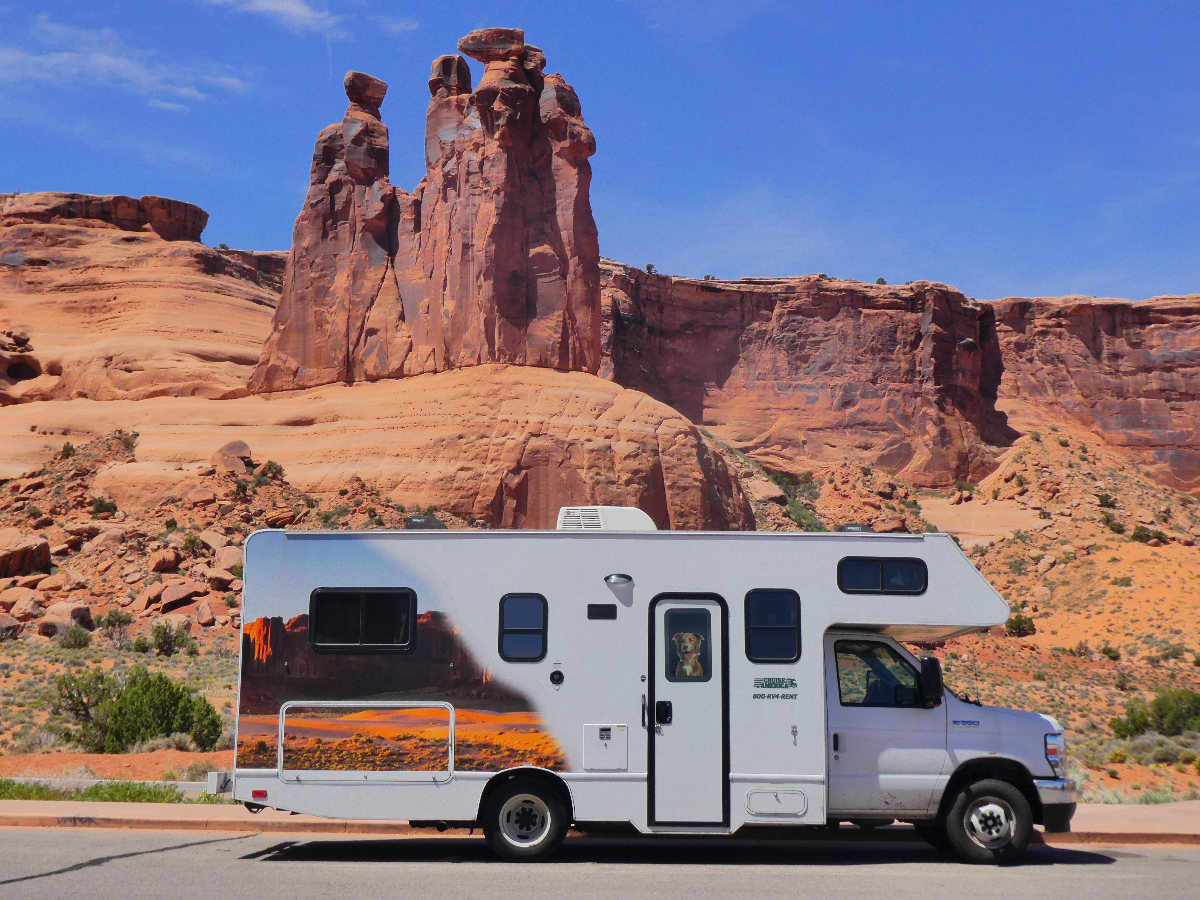
Leave a Reply